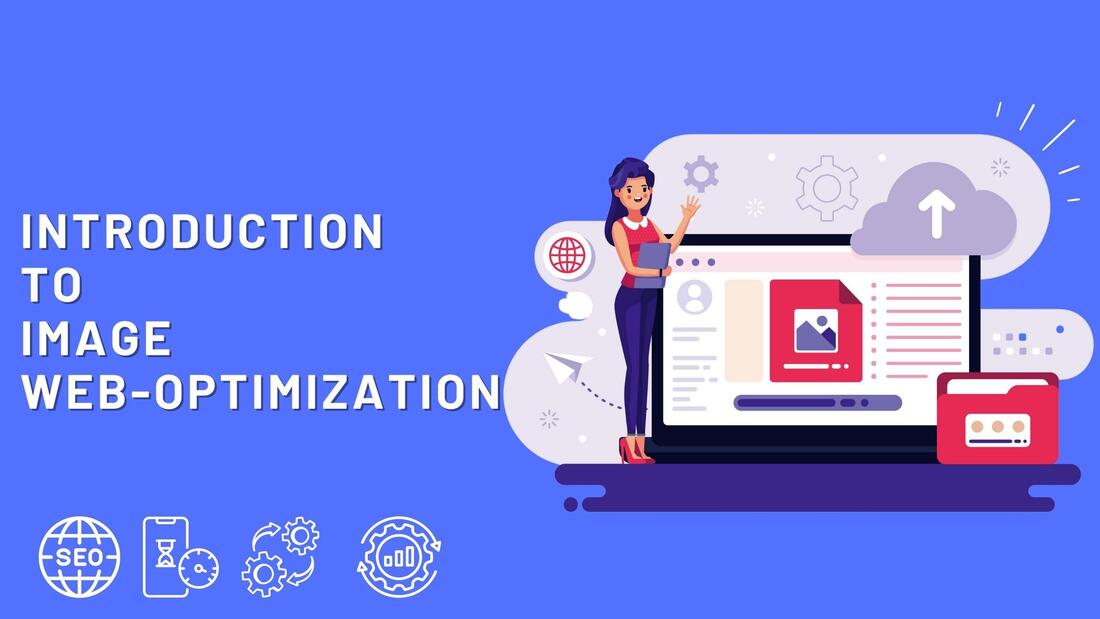|
What is image web optimization?
Image optimization is about reducing the file size of your images as much as possible, without sacrificing quality, so your page load times remain low. It's also about image SEO. That is, getting your product images and decorative images to rank on Google and other image search engines. Why optimize images? When you optimize images for the web, you're reducing page load time and increasing site speed. Even if it's just a few milliseconds, that could be the difference between your site either gaining or losing countless website visitors. And you need those visitors so you can increase web leads. When you click a link to visit a website, the server calls all of the files for the site to load on your screen. Depending on how your site is built, the images could account for the majority of the data that needs to be loaded. Because it can be such a major portion of what's loading (and what's slowing the site down), optimizing images for the web is one of the first things we do when we work with a client to improve site speed. The smaller the file sizes of the images, the faster a website loads. Improved website speed- It can increase your website load speed by a lot and ensure more visitor interactions. Better browsing experience- Webpage load speed is very important for visitors’ experience. Every second of delay in load time can make 10% of users leave the website. If a page has a longer load time, then then the bounce rate will be high and the average time on the page will be below. So to ensure better browsing experience image optimization is key. Improved search performance- If a website has optimized images then, both search engines and visitors could understand the website and its content better. It can help rank your images in Google’s image searches. Tips Use concise and direct image names- Make sure you have simple and precise names for your images. It helps both visitors and search engines to understand the context. Optimize your alt attributes carefully- If the browser can’t render images correctly then they show texts instead which explain what the image is really about. So make sure you have the right and exact alt attributes explaining your image. Resize your images- As you know by now website load speed affects a lot of things like your website ranking and visitor satisfaction and average visit times etc. So resizing your image can make the website load time a lot. Choose the right image format- Choose an image format that suits your website best. There are many formats like JPG, PNG, GIF, Webp, etc. They each have pros and cons so choose carefully. Optimize your thumbnails- Be very careful about your image thumbnails as they also contribute to your webpage load speed. You can also make quality a little bit low to make sure they load faster. You can check for photoshop web image optimization service for the best photo optimization services for your product photos. Produced by Clipping Path House Graphics Media.
0 Comments
Leave a Reply. |
How to create Ghost Mannequin effect in photoshop cc
How To Create a Clipping Path and Remove Background
|


 RSS Feed
RSS Feed
